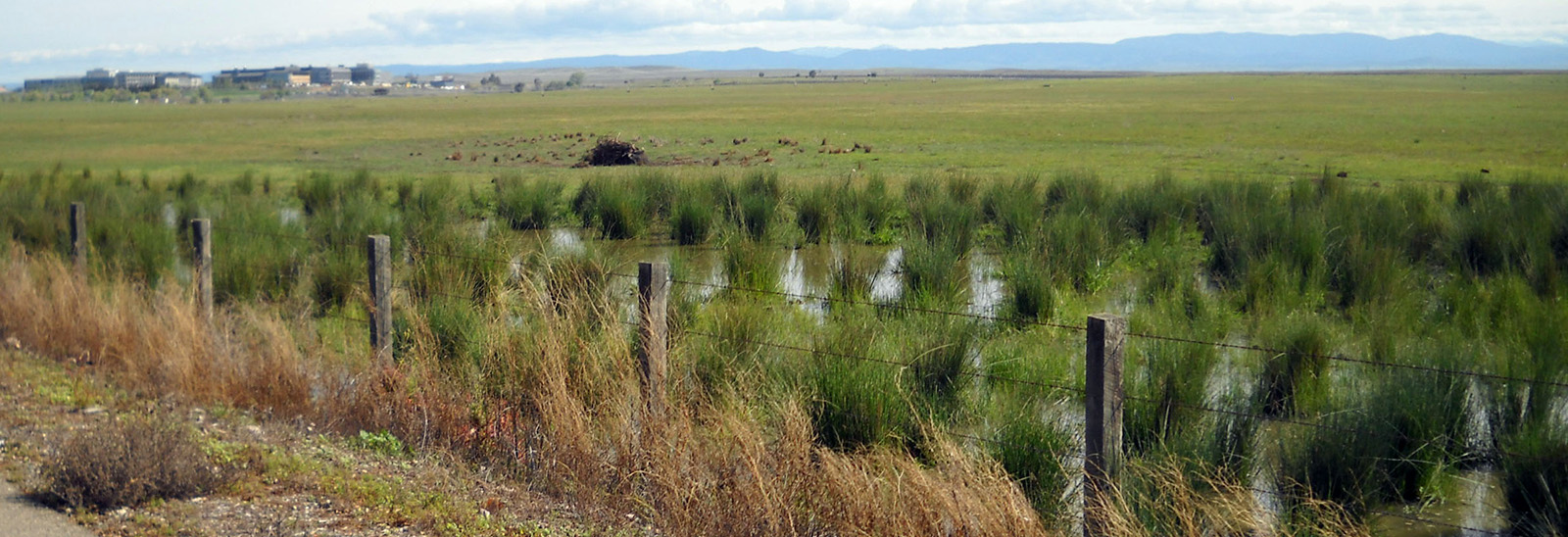June 20, 2017
Why CEQA? Public Engagement, Better Decisions, Healthier Communities

The California Environmental Quality Act, or CEQA, along with its federal predecessor, the National Environmental Policy Act, or NEPA, is often blamed for impeding progress, holding up housing and infrastructure projects, and halting commercial development. Used as a “check” for development, some see the statute as a champion for environmental protection and yet others see it as a burden. So, which is it?
In addition to reducing impacts on the environment, a key purpose of CEQA is to engage the public, and to allow decision-makers (whether its city or town council members, county supervisors, or state agencies) to make informed decisions about whether the impacts of a project are too costly to the environment that it overrides the benefits to a community, said Melissa Logue, senior associate environmental planner in GPA Consulting’s Sacramento office. “The purpose of CEQA is not only environmental protection, but also public disclosure—so people have a say and that they are informed; so they understand all the costs and benefits of community development,” she added.
CEQA, which requires state and local agencies to identify significant environmental impacts and either avoid them or mitigate them, was passed by the state’s Legislature in 1970. It was to be complementary to NEPA, signed into law a year earlier. Since CEQA was enacted it has become more comprehensive, and although much of this has been driven by case law, a big part of the reason why is because our understanding and awareness of the environment and our impacts on it have increased. “In the early days, [a CEQA document] may have addressed a much more limited range or detail of environmental topics, when viewed by today’s standards,” Logue said. “Today, it takes a more comprehensive view and includes topic areas, such as greenhouse gas emissions, that were not previously considered at all in the context of CEQA. These evolutions speak to our growing body of knowledge and understanding of environmental science that has only been accelerating in recent decades.”
CEQA is only one law in a comprehensive set of laws and policies that govern environmental protection. “There is a litany of other laws, policies, and ordinances on the local, state, and federal levels, like the federal and state Endangered Species Acts, the federal and state Clean Water Acts, and federal and state Clean Air acts, just to name a handful, as well as and local planning policies that influence constrains and opportunities surrounding project development,” Logue said. “It’s very complex.”
These laws are not part of the CEQA statute, but, Logue added, a CEQA review will take these pieces of legislation into consideration. For example, if a project involves property with wetlands, an environmental planner reviewing it under the scrutiny of CEQA would have to identify if the wetlands fell under federal protection before determining if there would be a significant impact on federally protected wetlands. The planner would look to the federal Clean Water Act to help make that identification.
Navigating the process can be complicated, but it’s important to remember the reason behind environmental protection began with a shift in people’s attitude toward the environment. Before CEQA and NEPA, development was unchecked. Pollution was unchecked. “Rivers were on fire because there was so much pollution in the water,” Logue explained.
One such river, the Cuyahoga River in Cleveland, Ohio, was so polluted with industrial run-off that it had caught fire 13 times since the beginning of the Industrial Age. A fire in 1969 caught the nation’s attention, and the incident led to the passage of the Clean Water Act.
Environmental awareness changed organically, Logue said. “Attitudes are driving environmental protection. … The environmental movement continued to grow, I guess, because of a basic human need and desire to live in a place that was healthy and clean.”
There are opportunities, Logue said, through the environmental review and compliance process to improve development and public works projects. Avoiding or reducing impacts to the environment—and to our health and other resources that we value as a community, such as historic resources or wildlife—may cost additional time or funds in the beginning but typically results in an improved standard of living for the community in the end.
Logue, who lived in Orange County when she was a young girl in the 1970s, recalls pollution at the time was so thick it blocked out the view of the mountains. “When I was a little girl, I was barely aware that there were mountains 20 miles from my house!” she exclaimed.
It’s quite different today. Because of CEQA and other environmental laws, residents in Southern California can see the mountains around them—and breathe cleaner air. Residents of Ohio no longer worry about rivers on fire.
Yes, the environmental process is complicated, and sometimes prolonged. But the process informs the residents and decision-makers so together they can take the steps to improve our quality of life. And look how our quality of life has improved!
Melissa Logue is a senior associate environmental planner and project manager at GPA. She is a respected professional with broad experience working with local, state, and federal regulatory agencies to move projects from initiation through final design and construction. She has expertise in directing, researching, writing, and editing environmental documents pursuant to both the National Environmental Policy Act and the California Environmental Quality Act. Her experience also includes working with the U.S. Army Corps of Engineers, California Department of Fish and Wildlife, Regional Water Quality Control Boards, and U.S. Fish and Wildlife Service to obtain environmental permits and approvals that are commonly required for transportation, roadway, and public works projects.